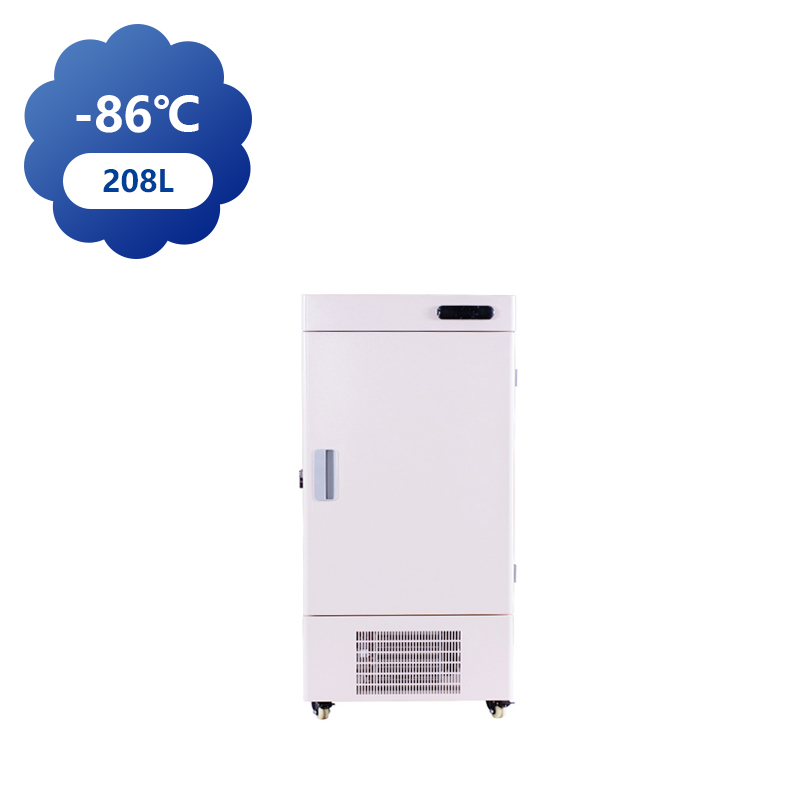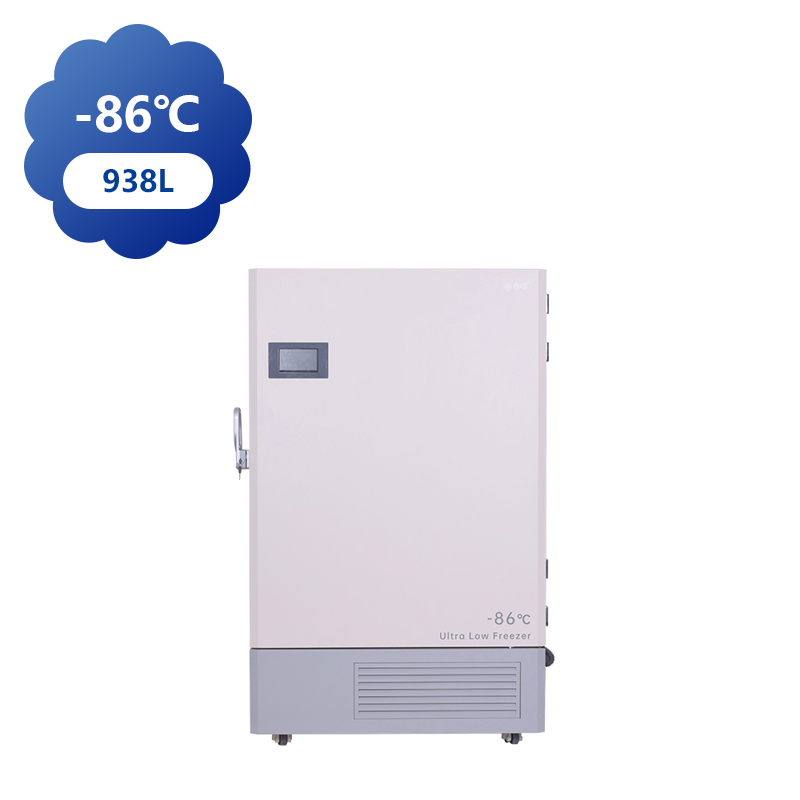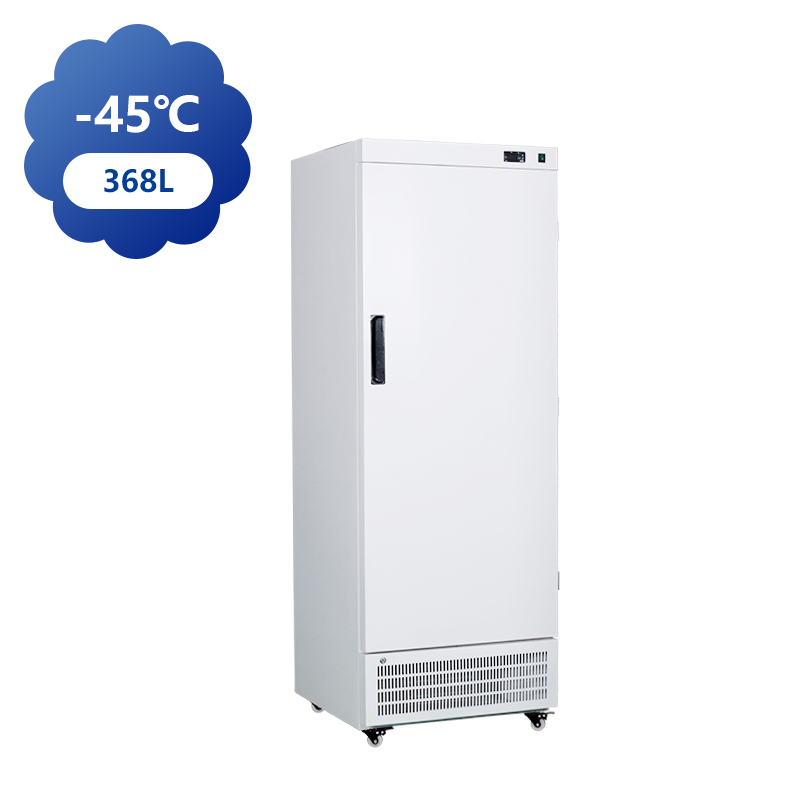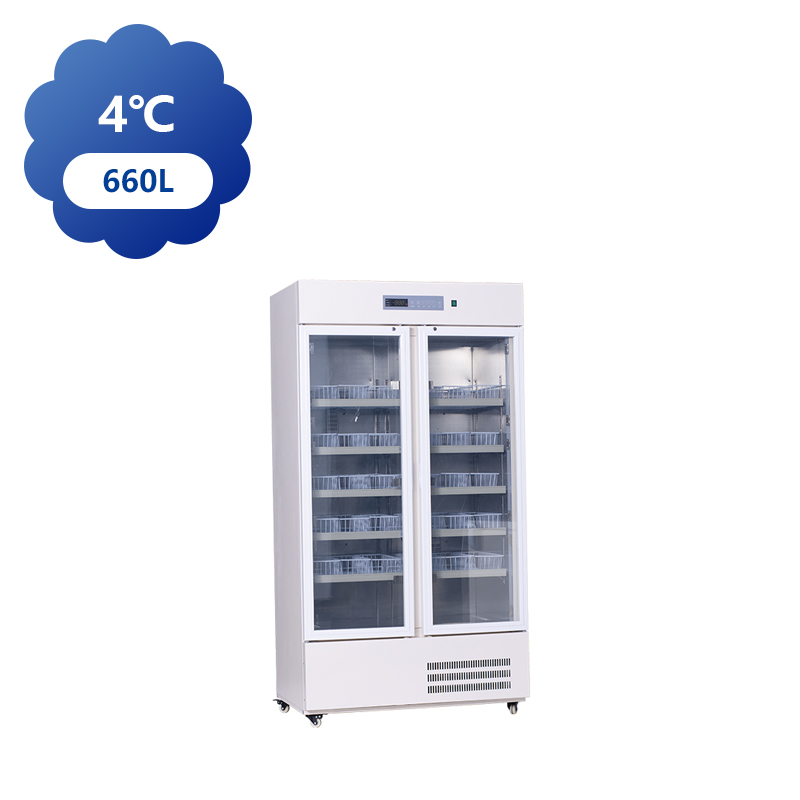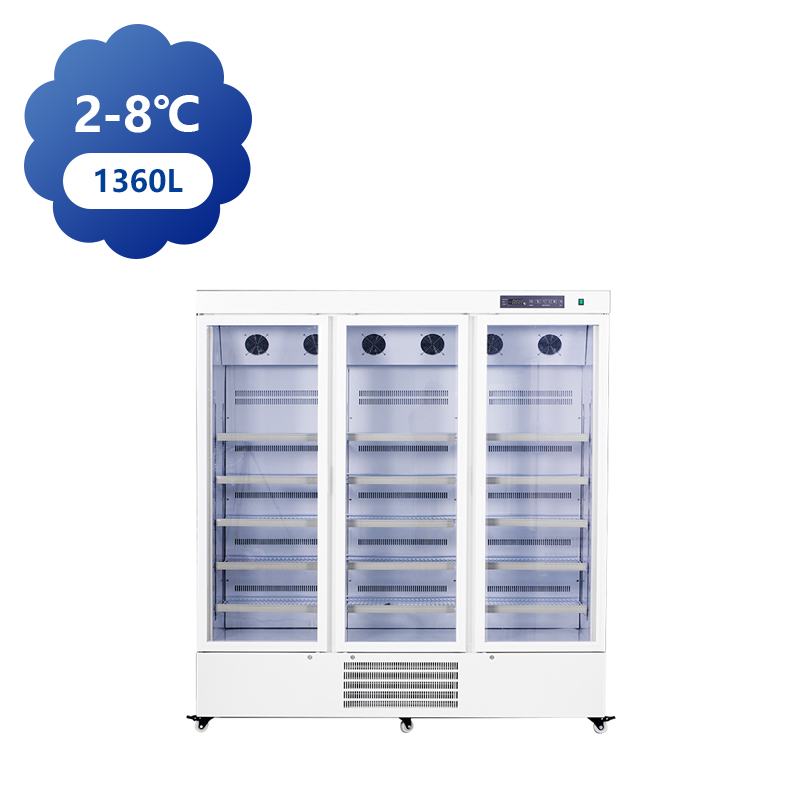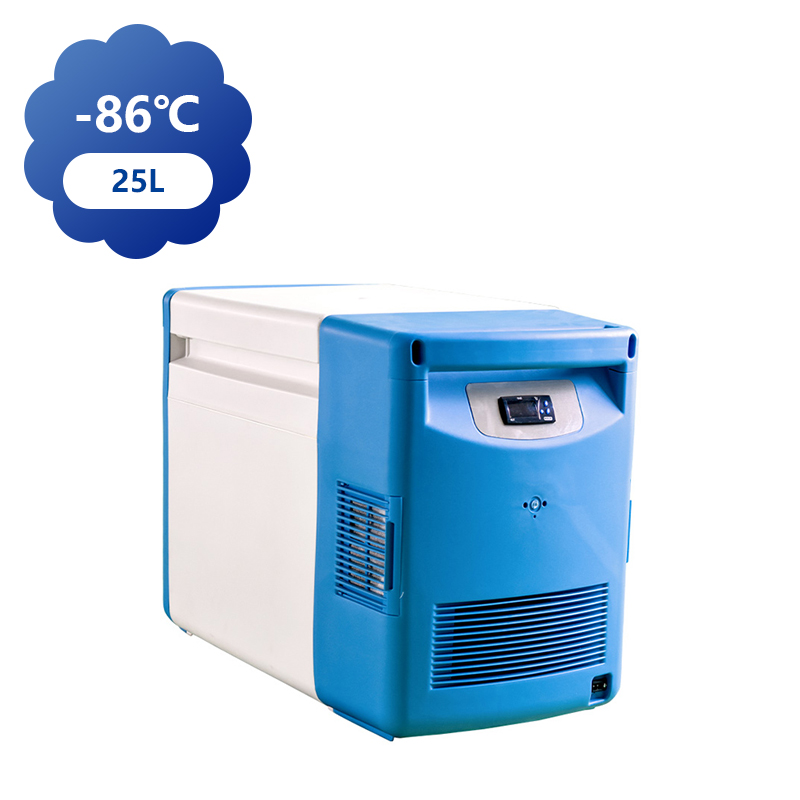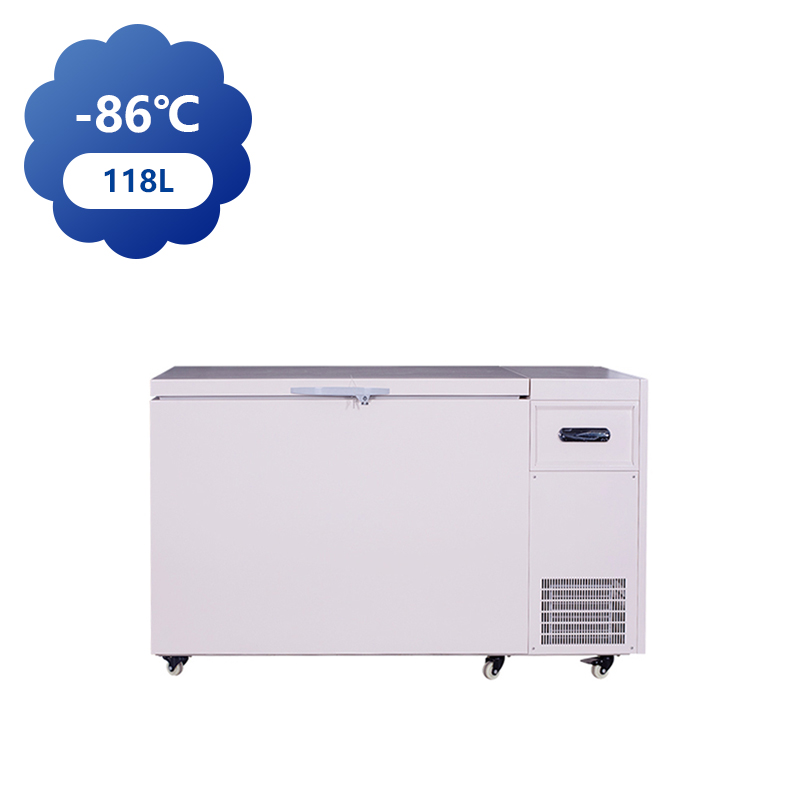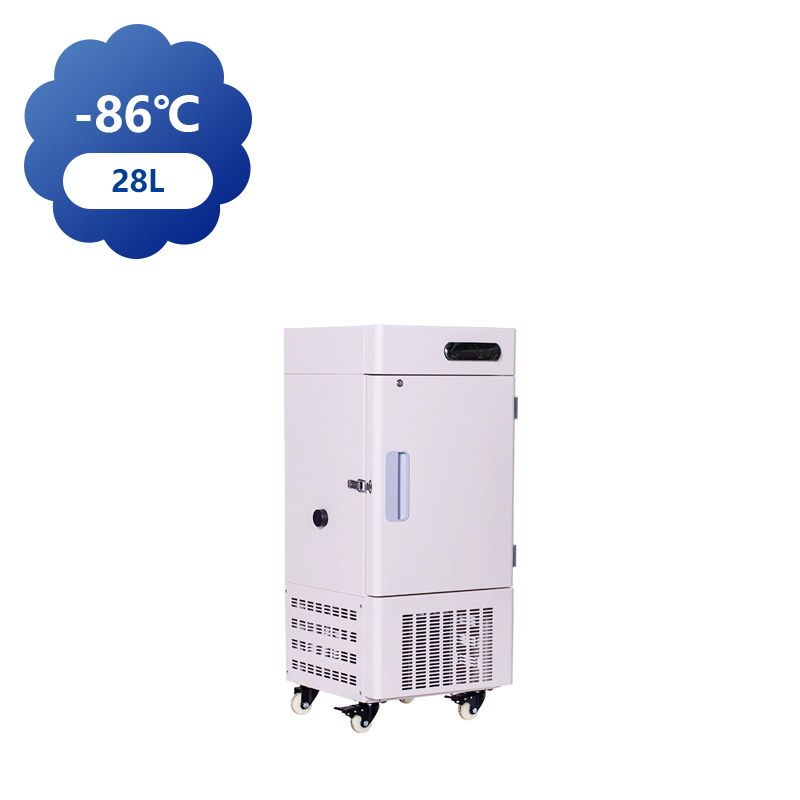You can contact to me using this form.
The Industrial Ultra Deep Cold Storage Fridge Freezer is an essential piece of equipment in various industries that require the preservation of materials at low temperatures. From pharmaceuticals and biotechnology to food processing and research facilities, these freezers play a pivotal role in ensuring that sensitive products remain viable over time. The evolution of these refrigeration systems has been marked by significant technological advancements, moving from basic refrigeration units to highly specialized systems capable of maintaining ultra-low temperatures.
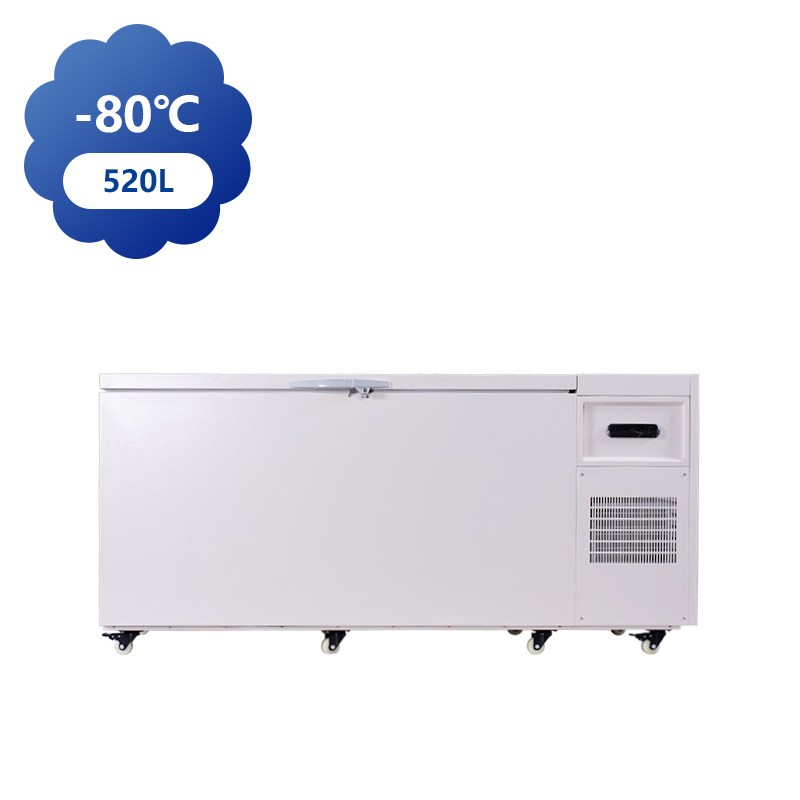
Early Beginnings: The Foundation of Cold Storage Technology
The early development of the Industrial Ultra Deep Cold Storage Fridge Freezer can be traced back to the mid-20th century, when refrigeration technology was beginning to evolve rapidly. Prior to the invention of ultra-deep cold storage, industrial refrigeration units could only reach temperatures slightly below freezing, typically around -10°C to -20°C. This was adequate for some food storage and general commercial purposes, but it was far from sufficient for the more specific and sensitive needs of industries like pharmaceuticals and biology, where temperatures as low as -70°C or -80°C are often required.
The demand for deeper and more precise cold storage became more pronounced during this period. One of the significant milestones in the development of Industrial Ultra Deep Cold Storage Fridge Freezers was the creation of cascade refrigeration systems. This design enabled units to reach ultra-low temperatures by using two or more refrigeration stages, with each stage providing a further cooling step to achieve a temperature as low as -40°C or beyond. These systems laid the groundwork for the more advanced cooling technologies we see today.
Technological Advancements: A Leap in Precision and Efficiency
By the late 20th century, the development of the Industrial Ultra Deep Cold Storage Fridge Freezer had advanced significantly, with both the technology and materials used in construction becoming far more sophisticated. One of the major milestones in this period was the introduction of digital temperature control systems, which allowed users to set, monitor, and maintain precise temperatures within the storage unit. This advancement was crucial, particularly in the field of biotechnology, where small fluctuations in temperature could compromise the integrity of sensitive biological samples.
Another significant breakthrough came in the form of improved insulation materials. Insulation plays a critical role in maintaining the internal temperature of any cold storage unit, but it is especially important in deep-freeze environments where energy efficiency is a constant concern. The use of high-density foam insulation and vacuum-insulated panels allowed for better temperature retention, reducing energy consumption and improving the overall efficiency of the Industrial Ultra Deep Cold Storage Fridge Freezer.
With these advancements, these freezers were able to maintain temperatures as low as -80°C, which became the standard for many applications in the medical, pharmaceutical, and research industries. The Industrial Ultra Deep Cold Storage Fridge Freezer was no longer just a cold storage solution; it had become a vital component in the preservation of life-saving medicines, vaccines, and critical research samples.
Modern Innovations: The Integration of Smart Technology
The turn of the 21st century marked a period of rapid innovation for the Industrial Ultra Deep Cold Storage Fridge Freezer. The integration of smart technology revolutionized the way these freezers were monitored and managed. Remote monitoring systems were introduced, allowing operators to track the temperature of their freezers from virtually anywhere. This technology enabled real-time alerts in the event of temperature deviations, power failures, or malfunctions, significantly improving safety and reliability.



 中文简体
中文简体 English
English Français
Français عربى
عربى +86-15988502726(wechat)
+86-15988502726(wechat)